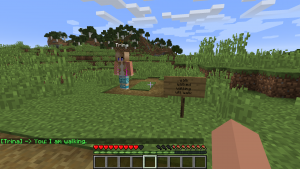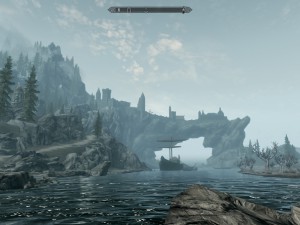Control Device Configuration Usability
During my ongoing literature review I often discover interesting facts about things I’ve never thought about. Sometimes I can connect these facts with my own observations: The result is mostly a completely new idea why things are as they are. Maybe these ideas are new to you, too. Therefore I’ll share my new science based knowledge with you!
This week: This time, I think about the importance of a good configuration usability of simulation games in order to ensure the best possible realism independent of the available hardware.
For the purpose of getting the best experience out of playing simulation games, it often is critical to use input devices that mirror real-world control devices and provide additional forms of sensorimotoric feedback, e.g., force feedback, about the current status of the simulation. For instance, playing realistic racing simulations with a 900 degrees of rotation force feedback racing wheel results in a higher immersion and better driving performance as the force feedback provides sensorimotoric feedback about the car’s status and the 900 degrees of rotation enables players to even perform slight and minimal steering inputs. As a result, players can control the virtual racing cars more efficiently and accurately thus experiencing a higher degree of realism.
However, it is also important that the simulations allow for an easy way to configure various input devices as well as the linearity of control inputs to provide the best possible realism independent of the input device’s construction and functions. Currently, I try to achieve a good flight experience using X-Plane 10, but, unfortunately, I constantly encounter issues with the linearity of my inputs. For instance, a slight joystick movement often results in a steep banking of the airplane which especially is problematic during a final approach. The same problem applies to the function of adjusting the trim: instead of gradually increasing or decreasing the trim rudder, the simulation changes the trim to either one of the maxima when I touch this button just a bit too long. Of course, X-Plane 10 provides many options to configure the game controls, but as the menus and sliders are not very intuitive, a lot of trial-and-error is needed which, thus far, has not reduced the negative effects, unfortunately.
In sum, simulation games not only have to directly and accurately encode the underlying physical principles but also provide a good usability to configure the available hardware to enure a realistic gameplay and avoid breaking the immersion.





